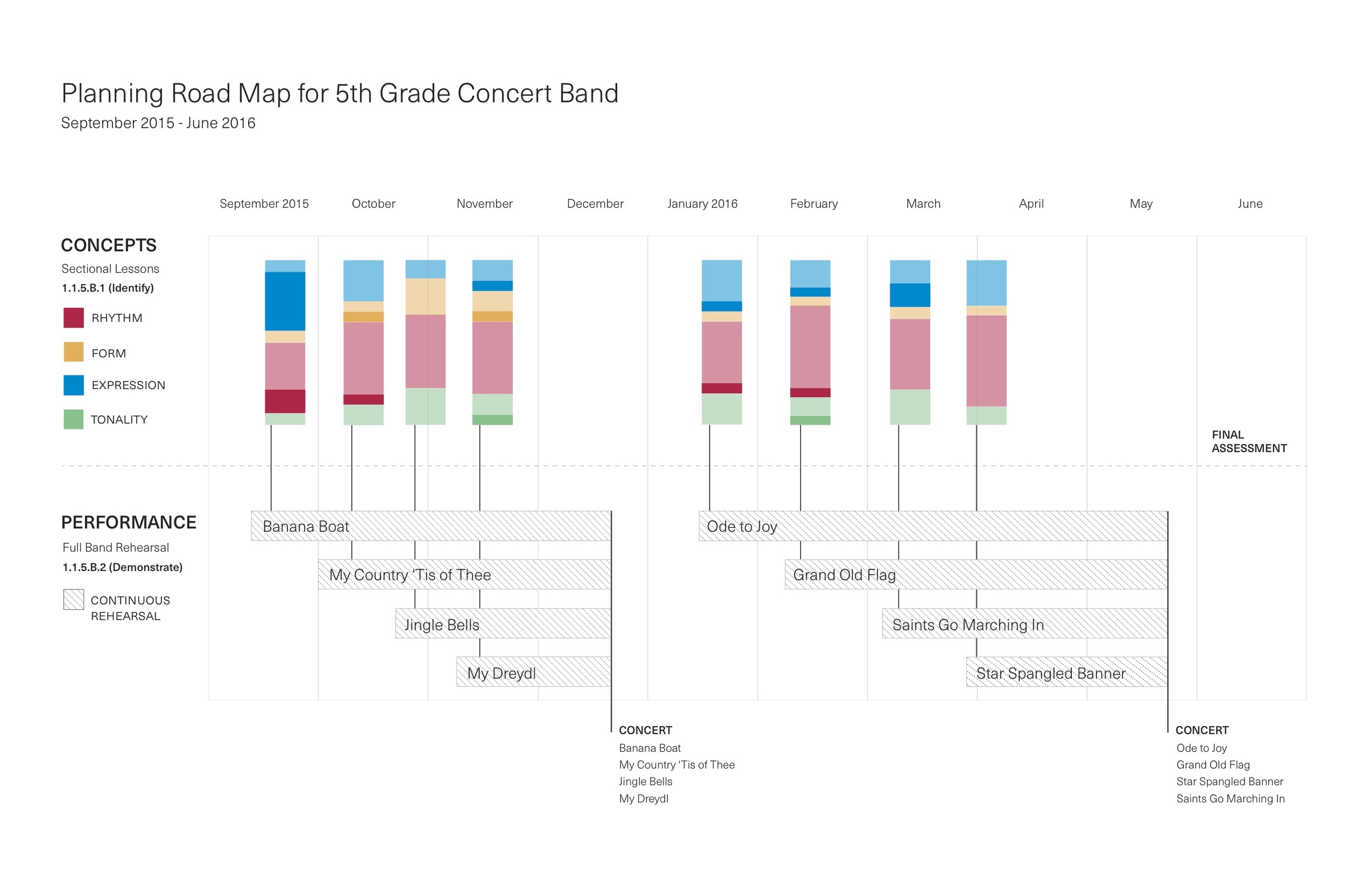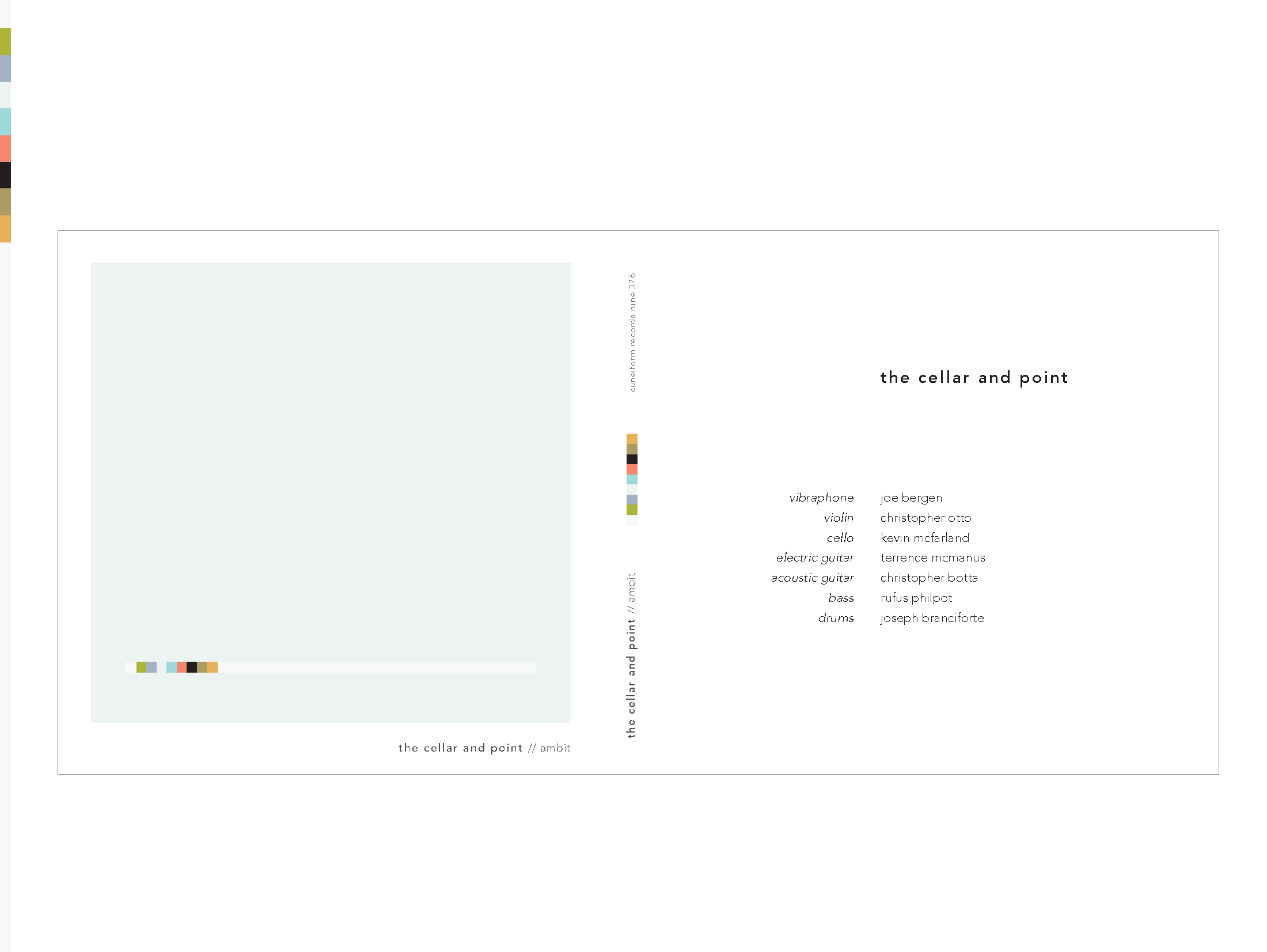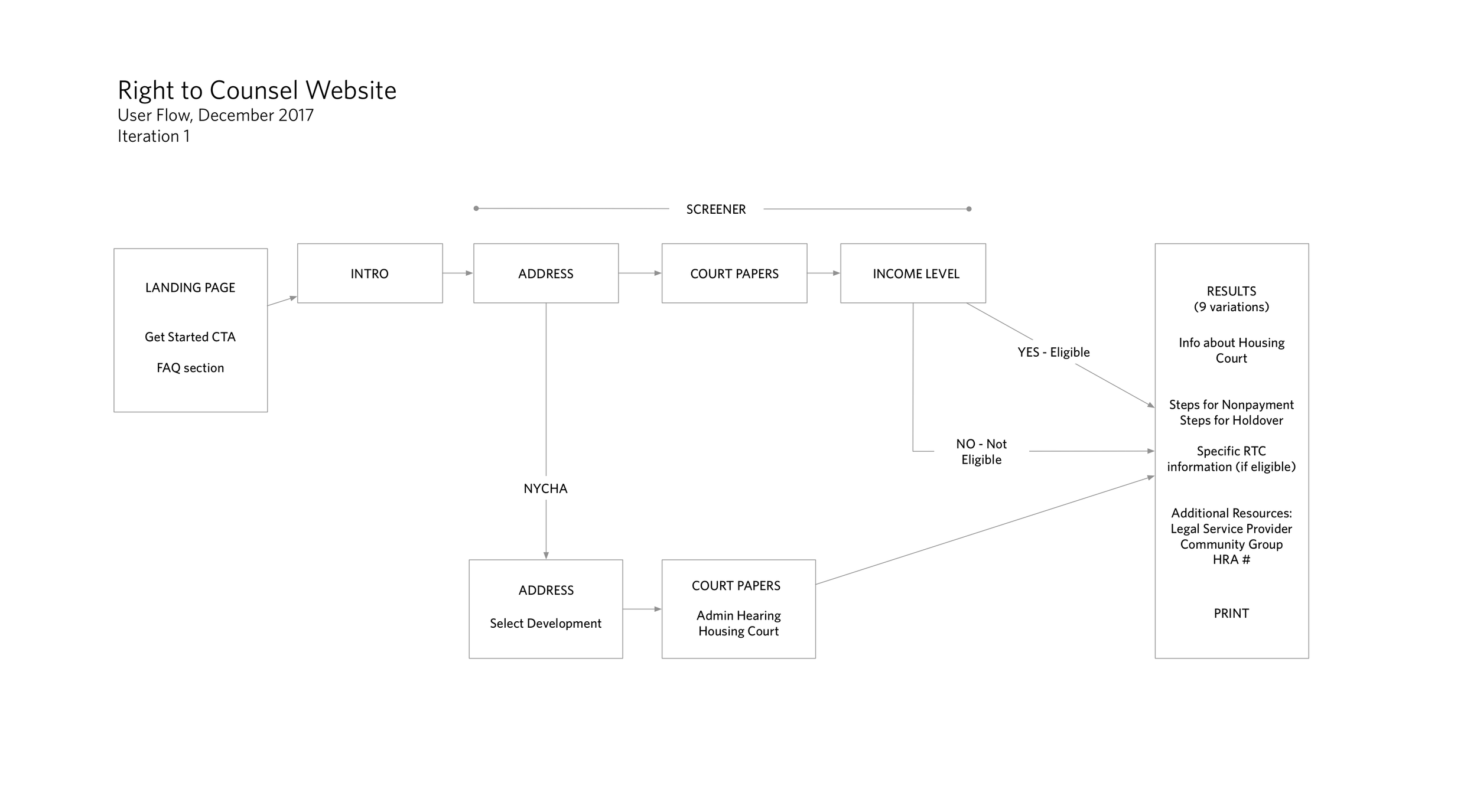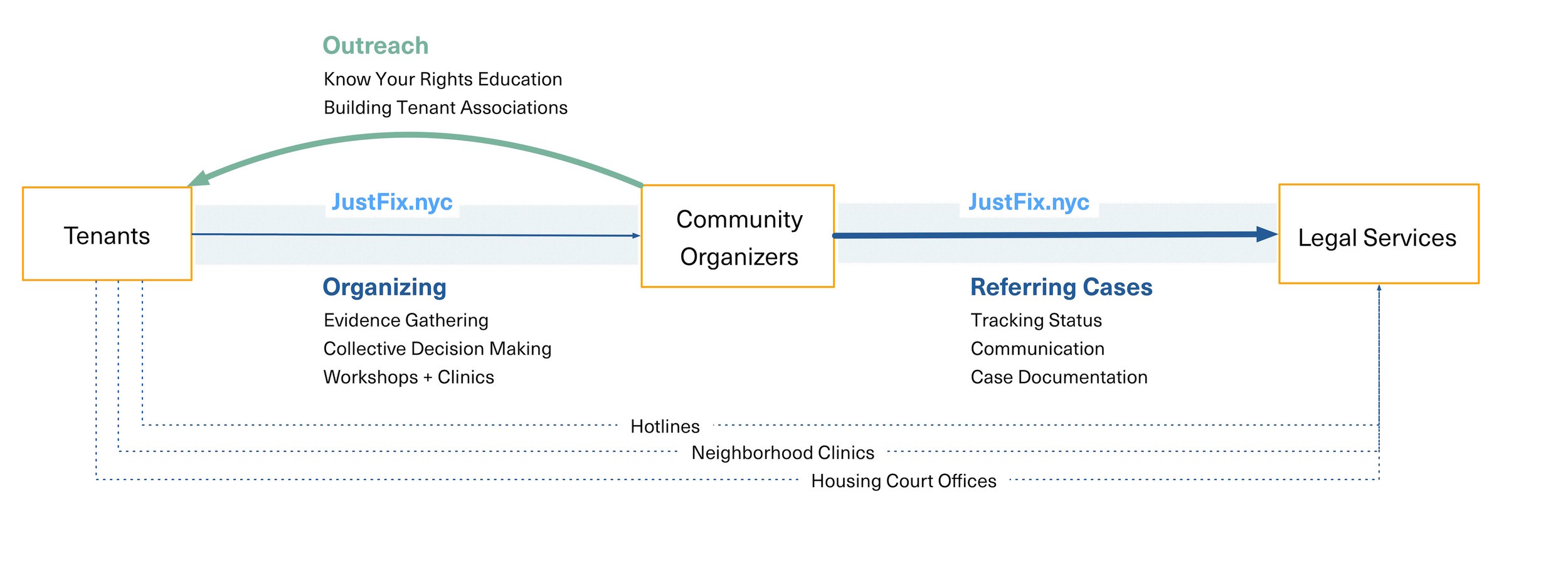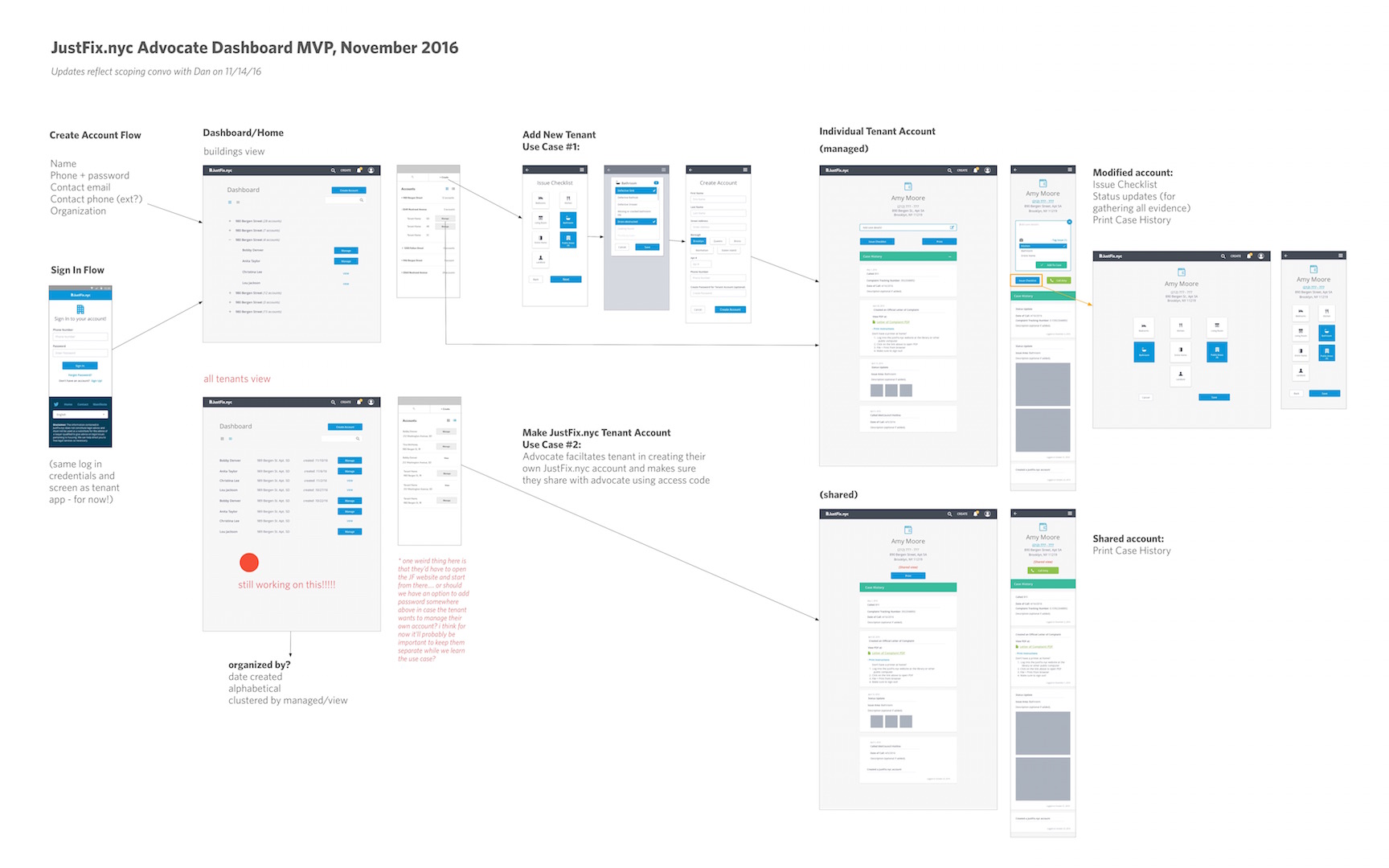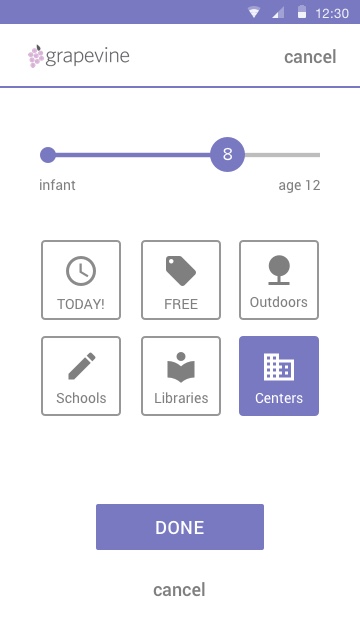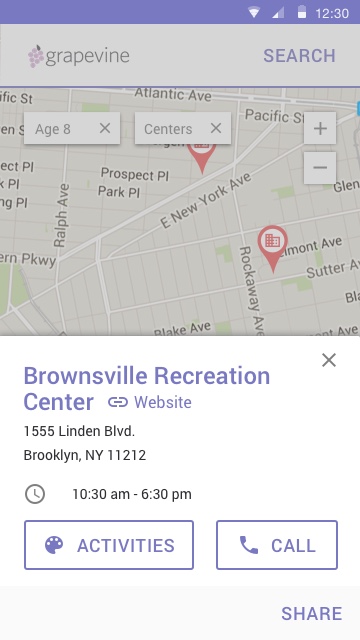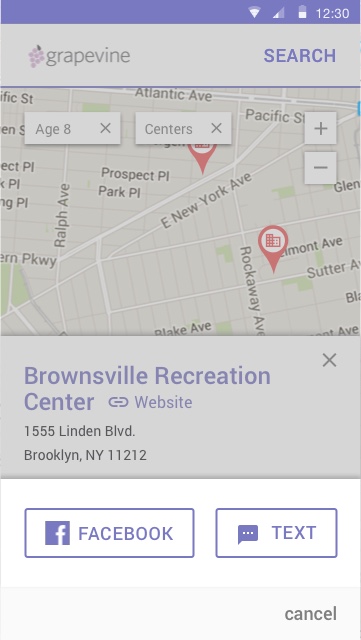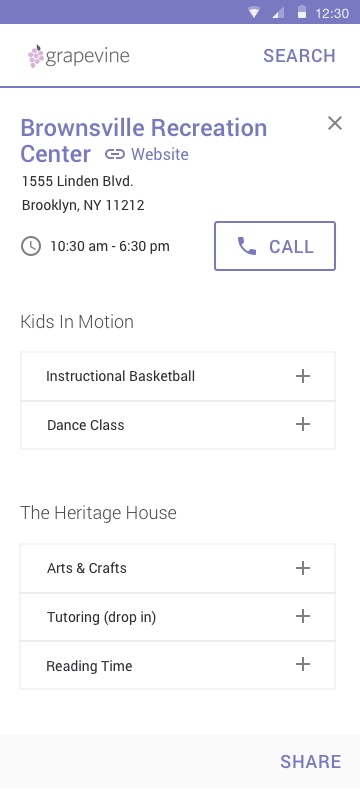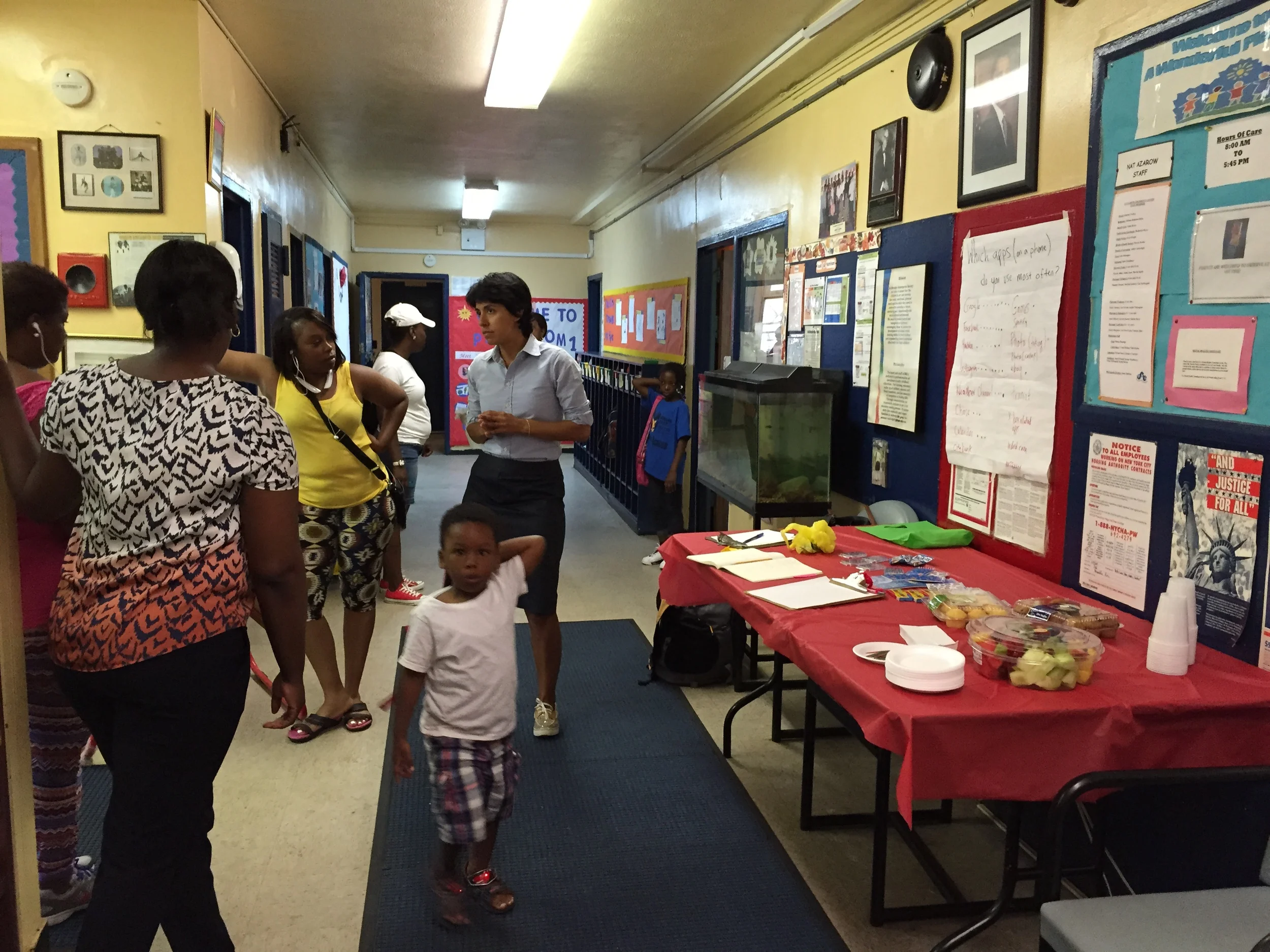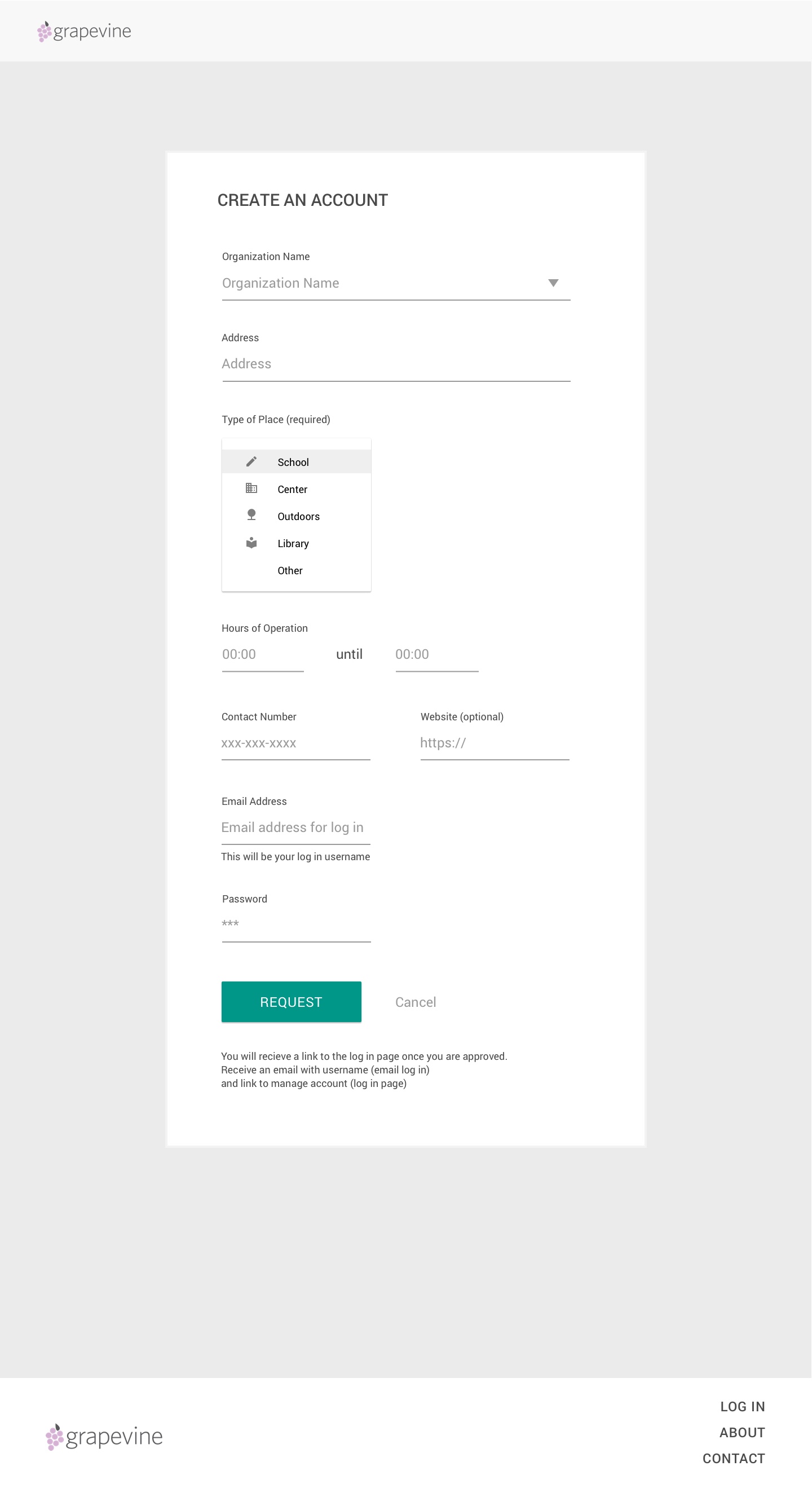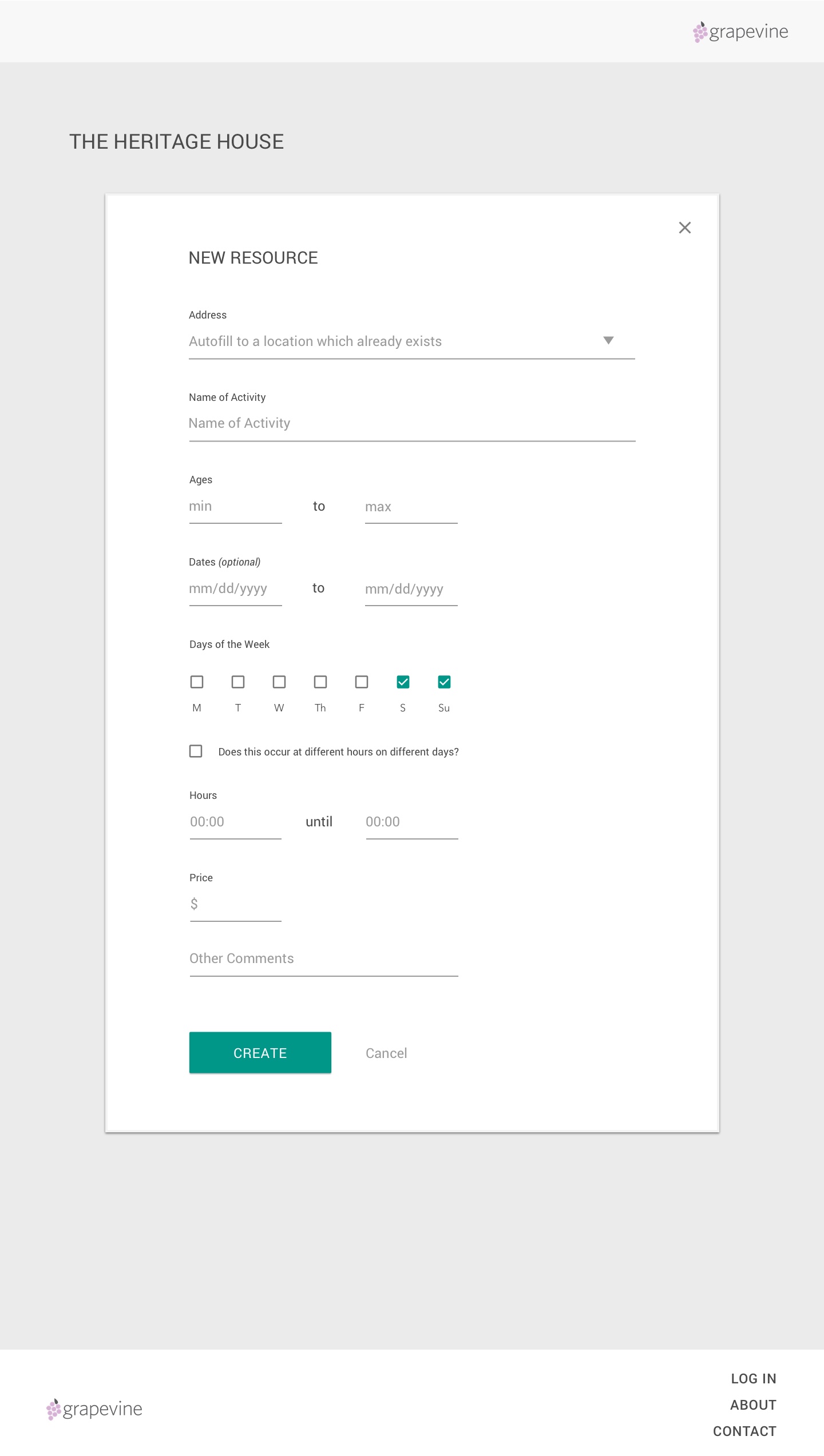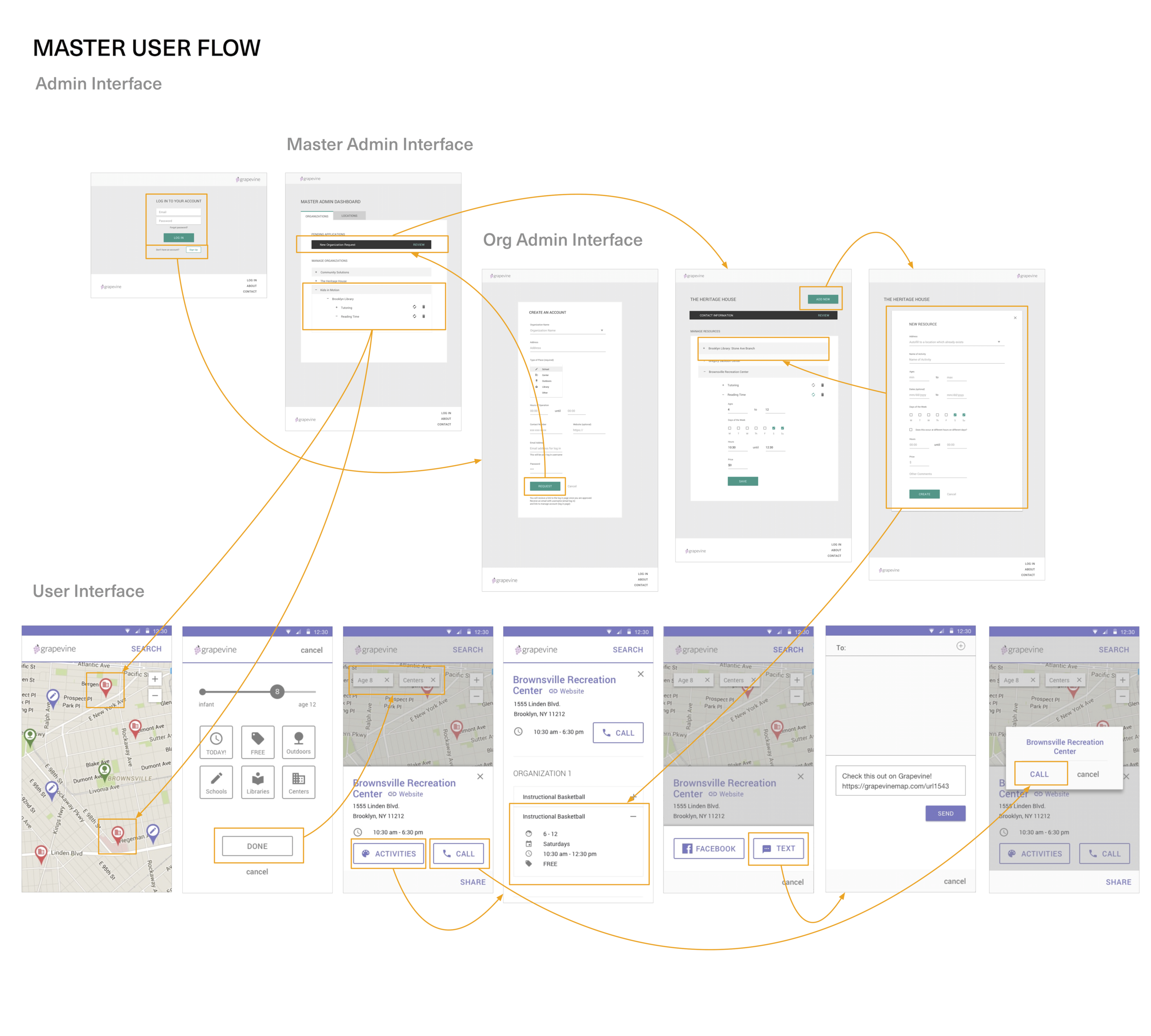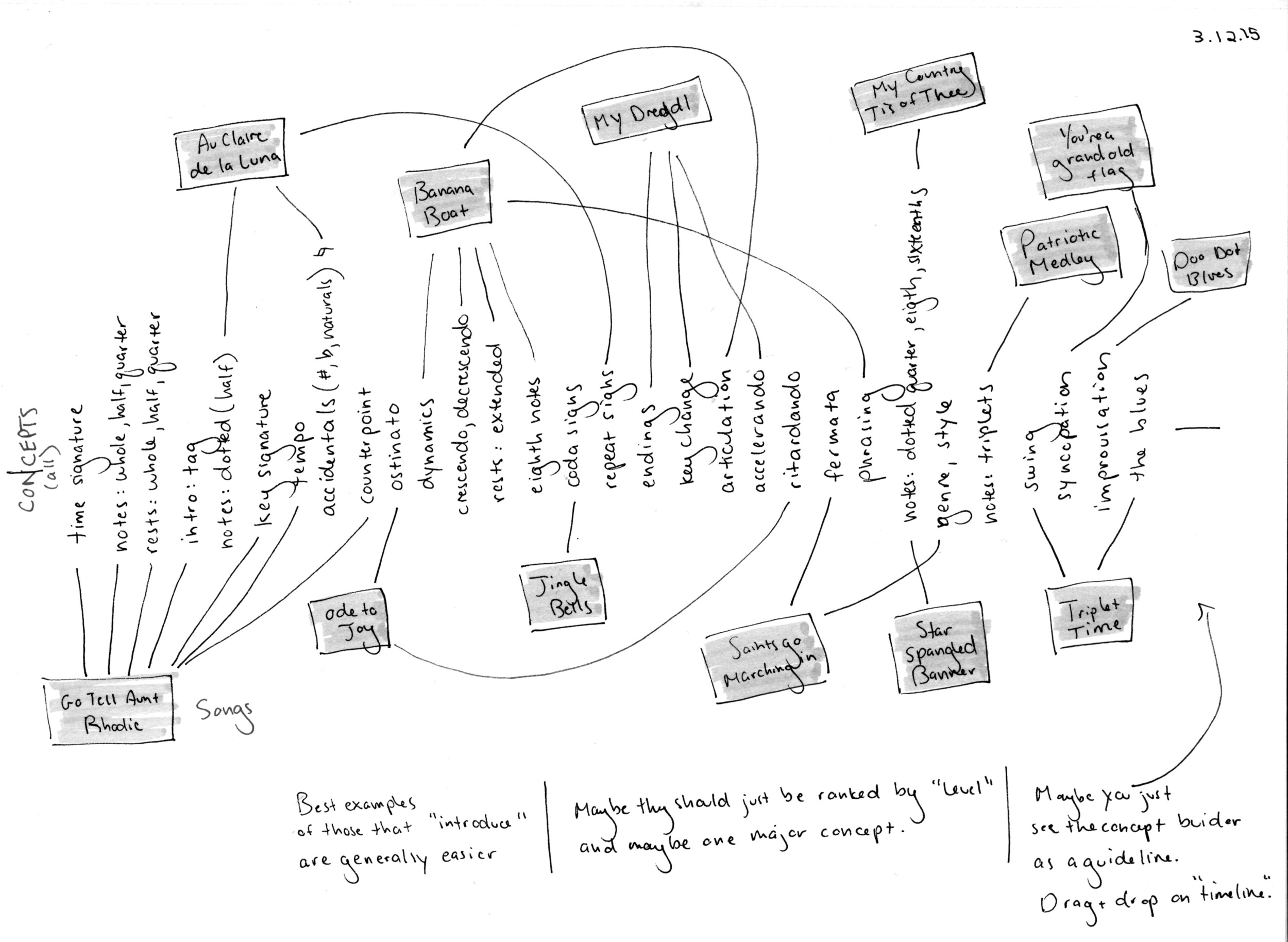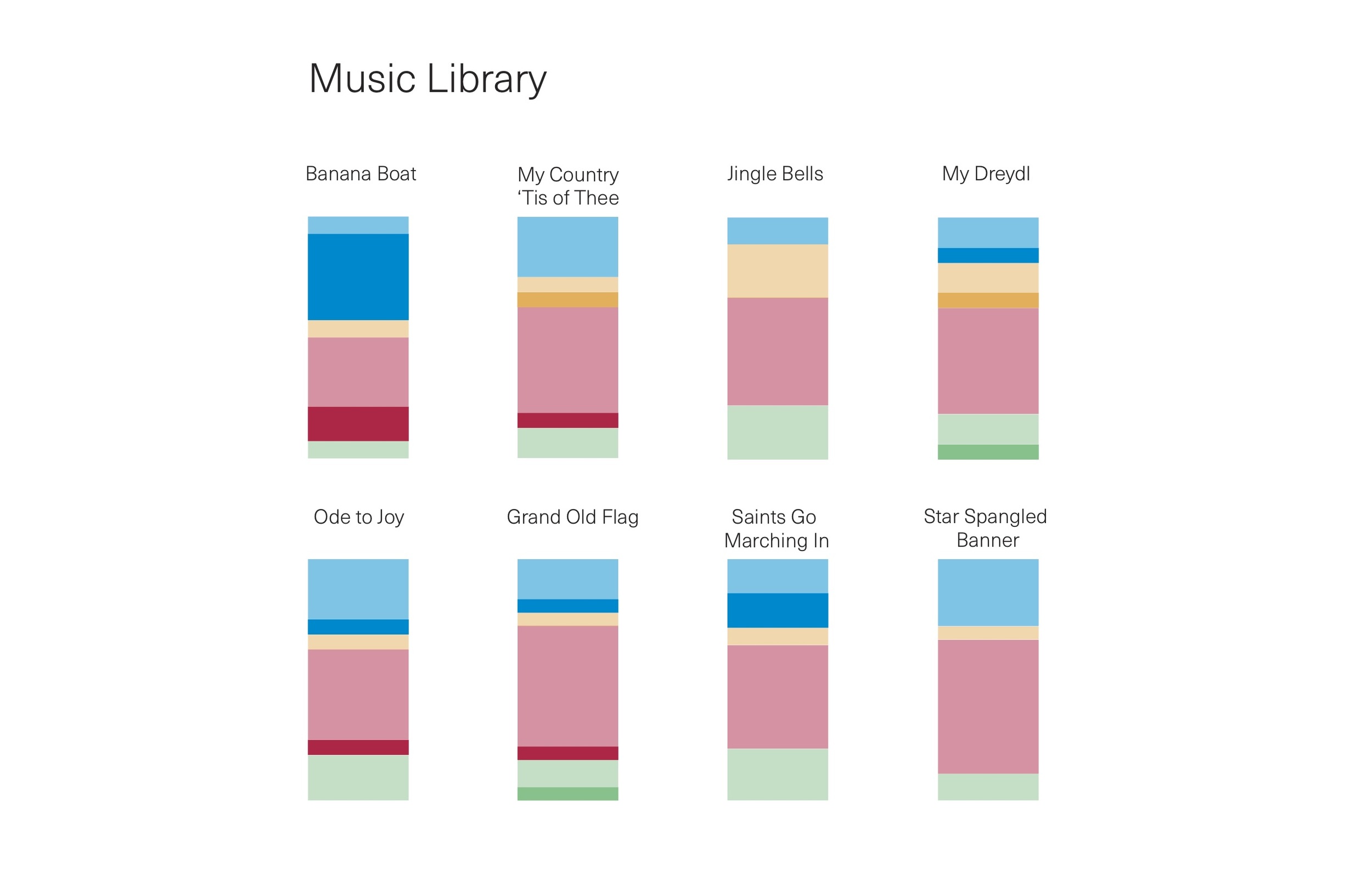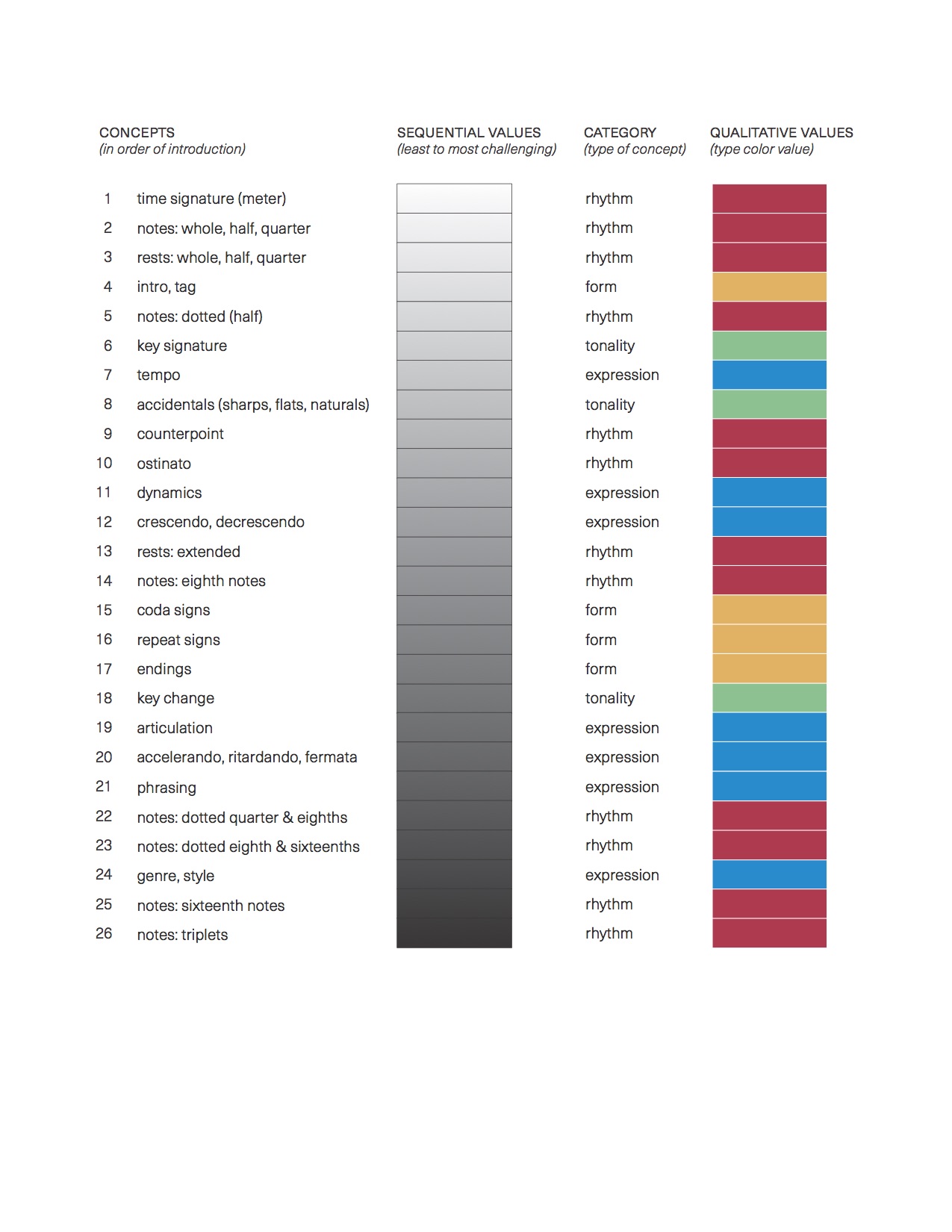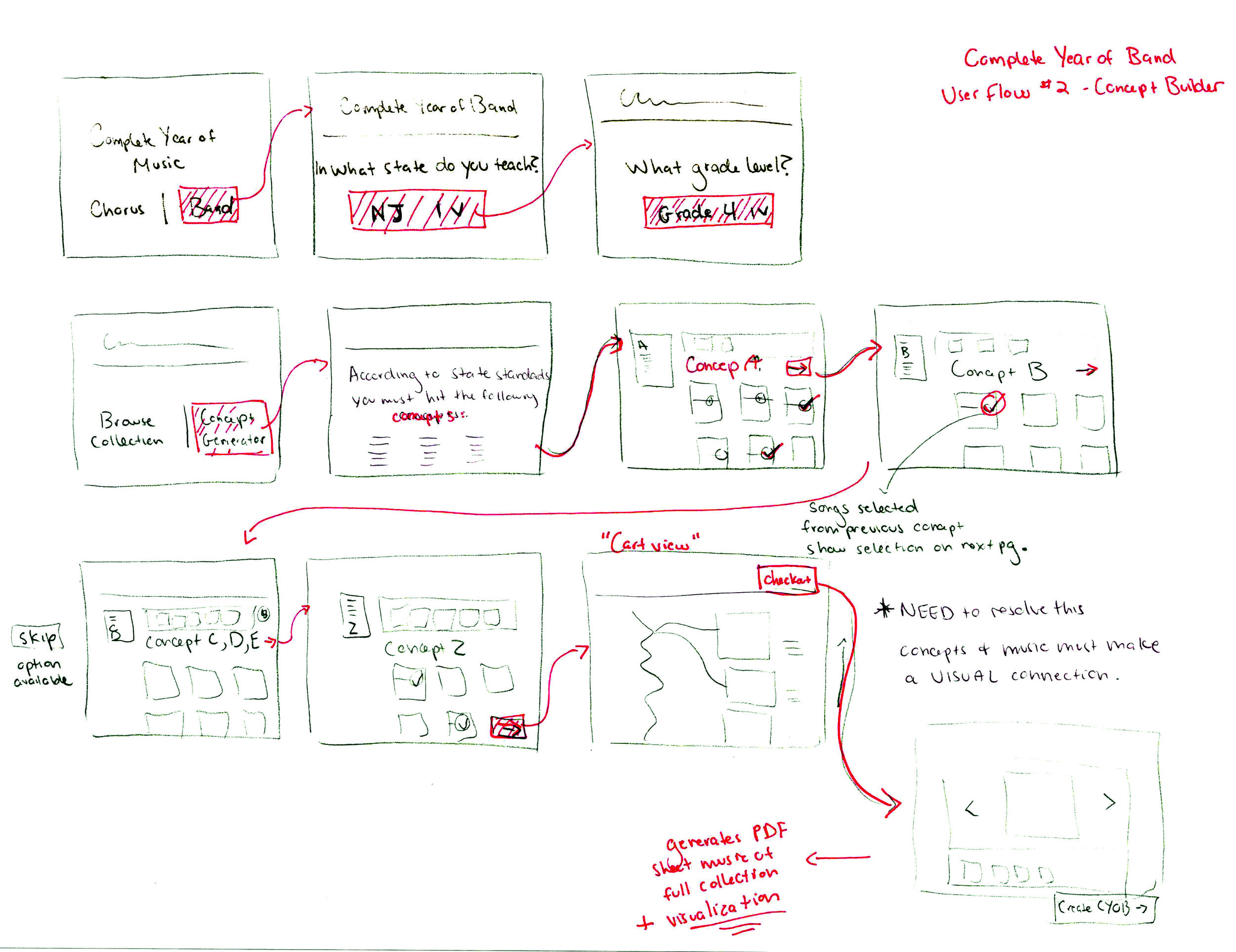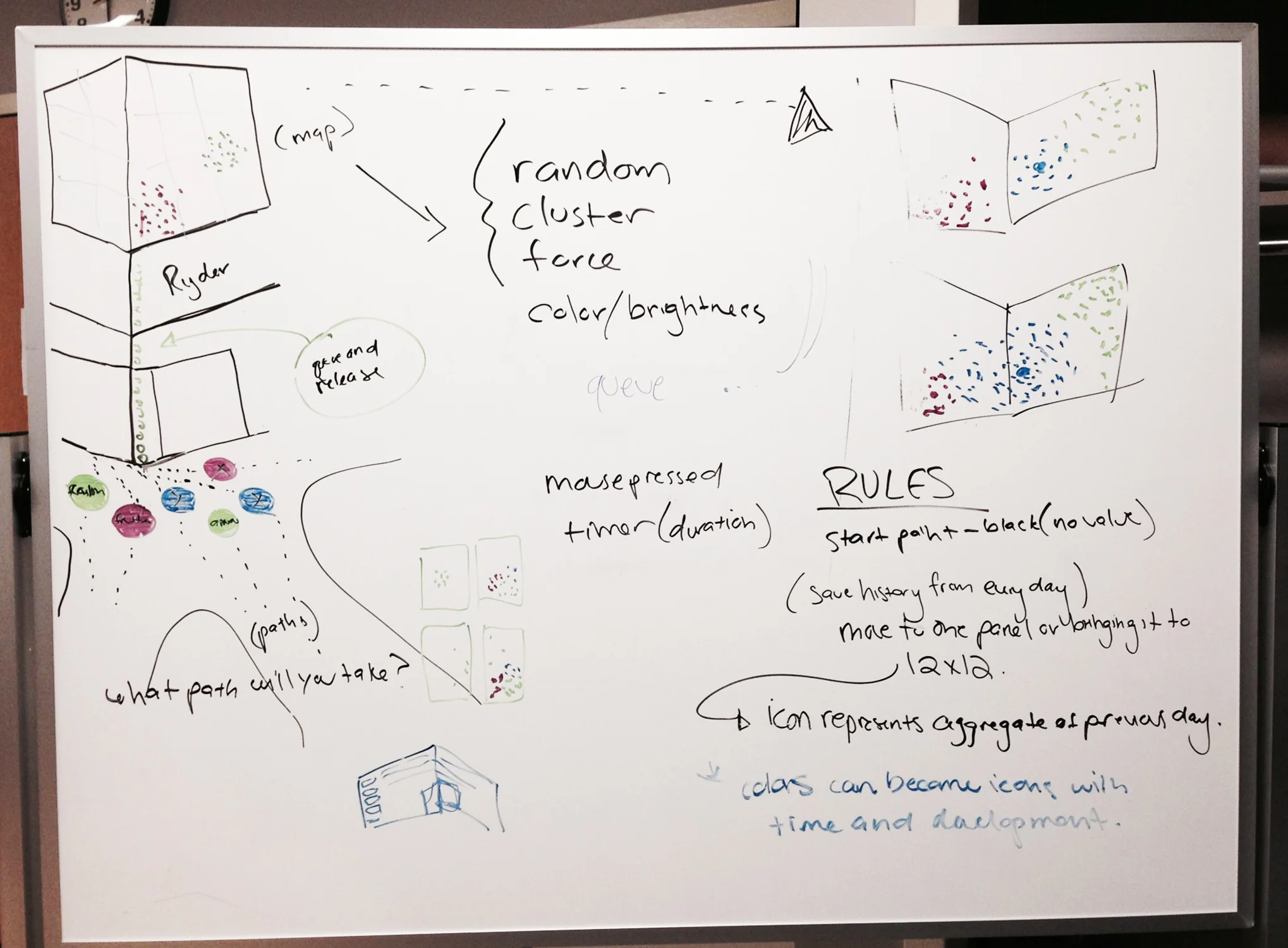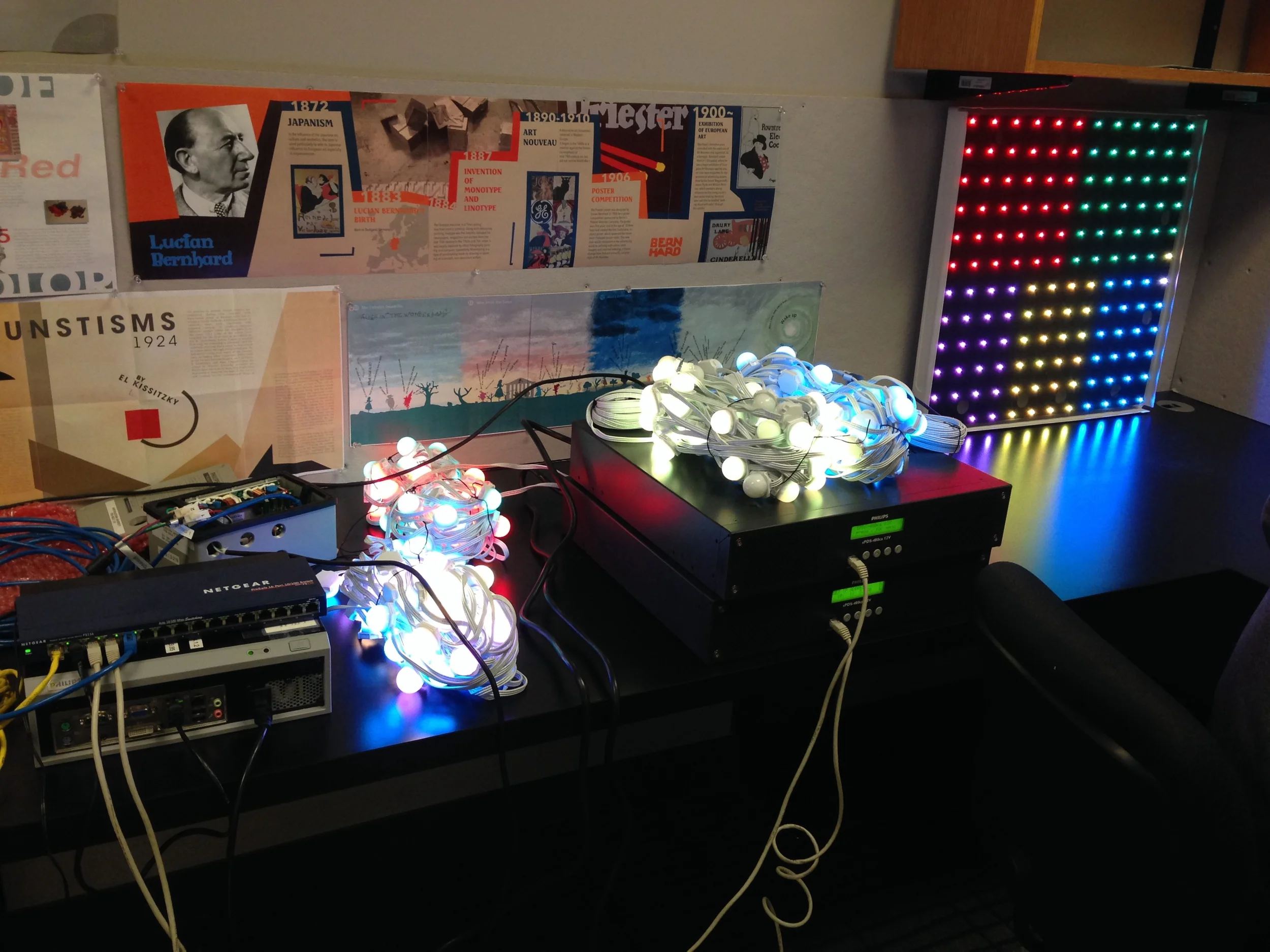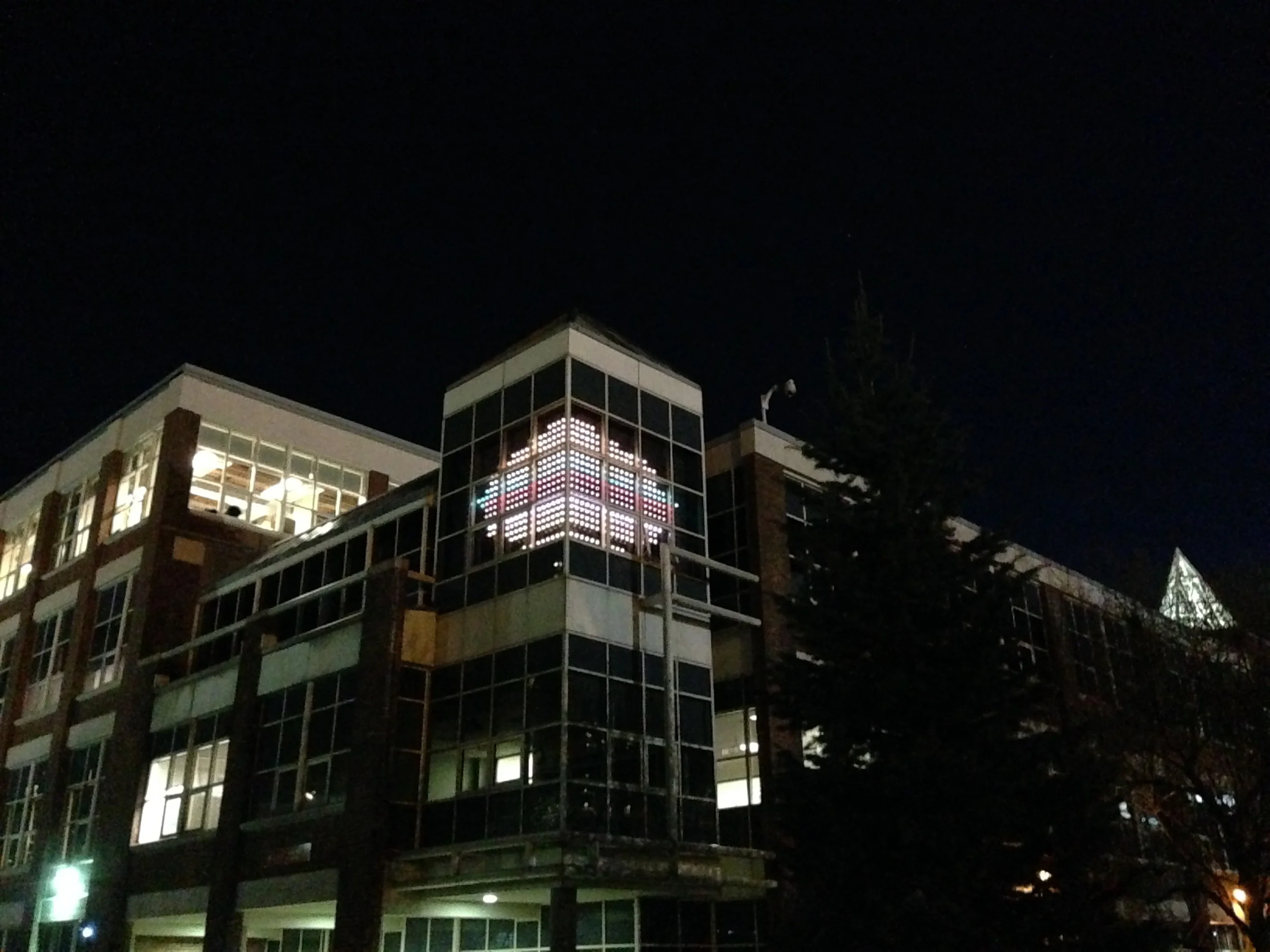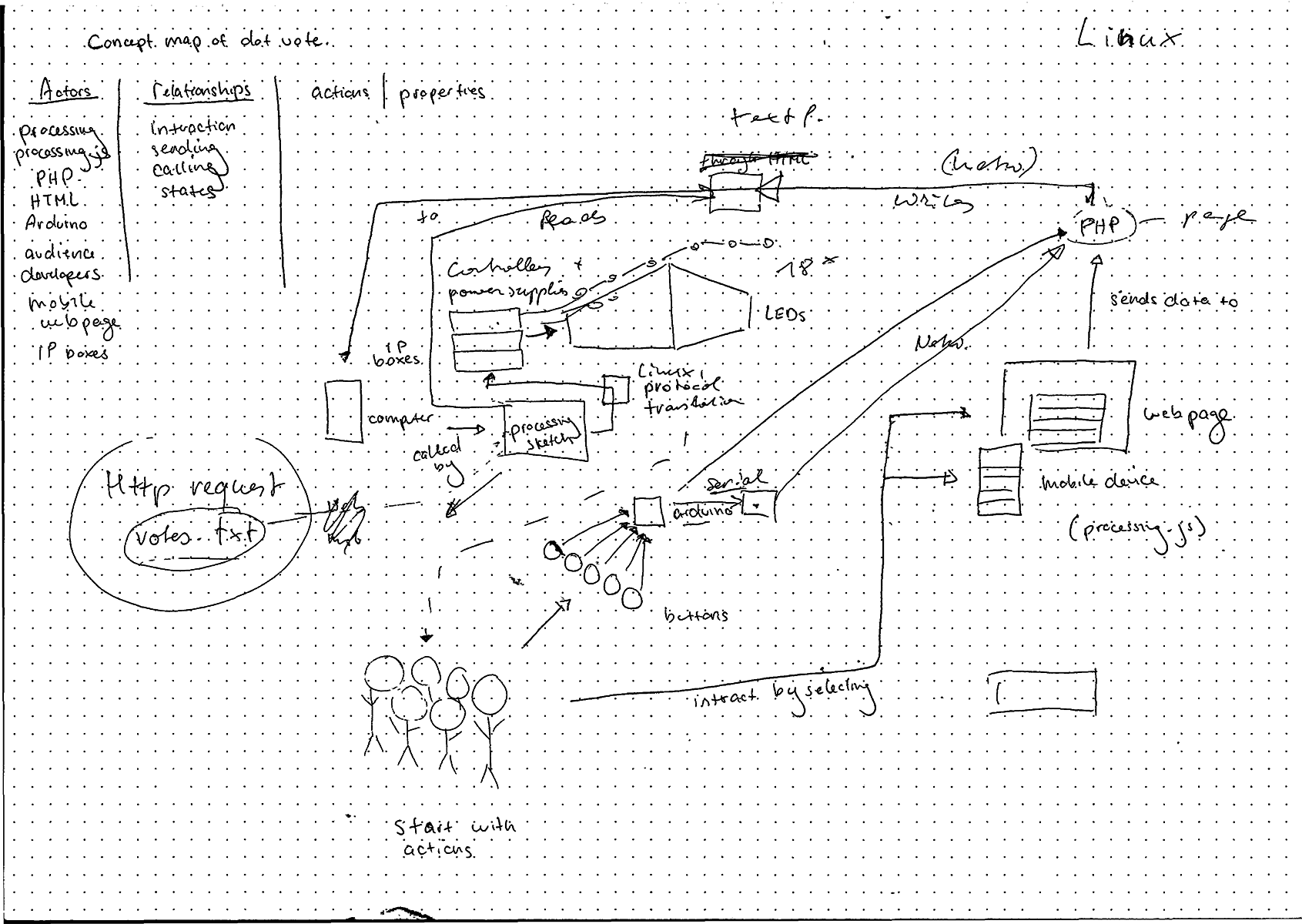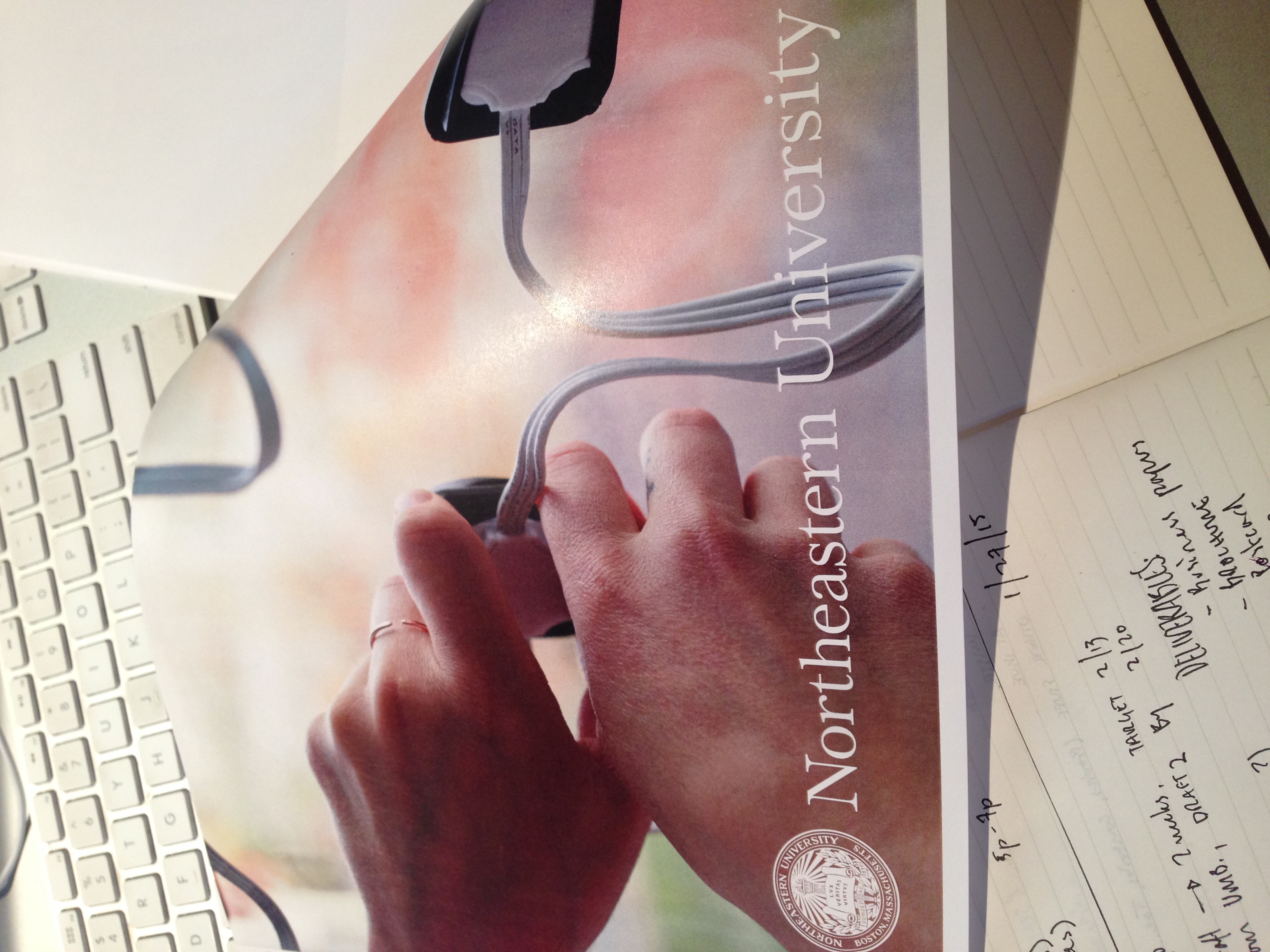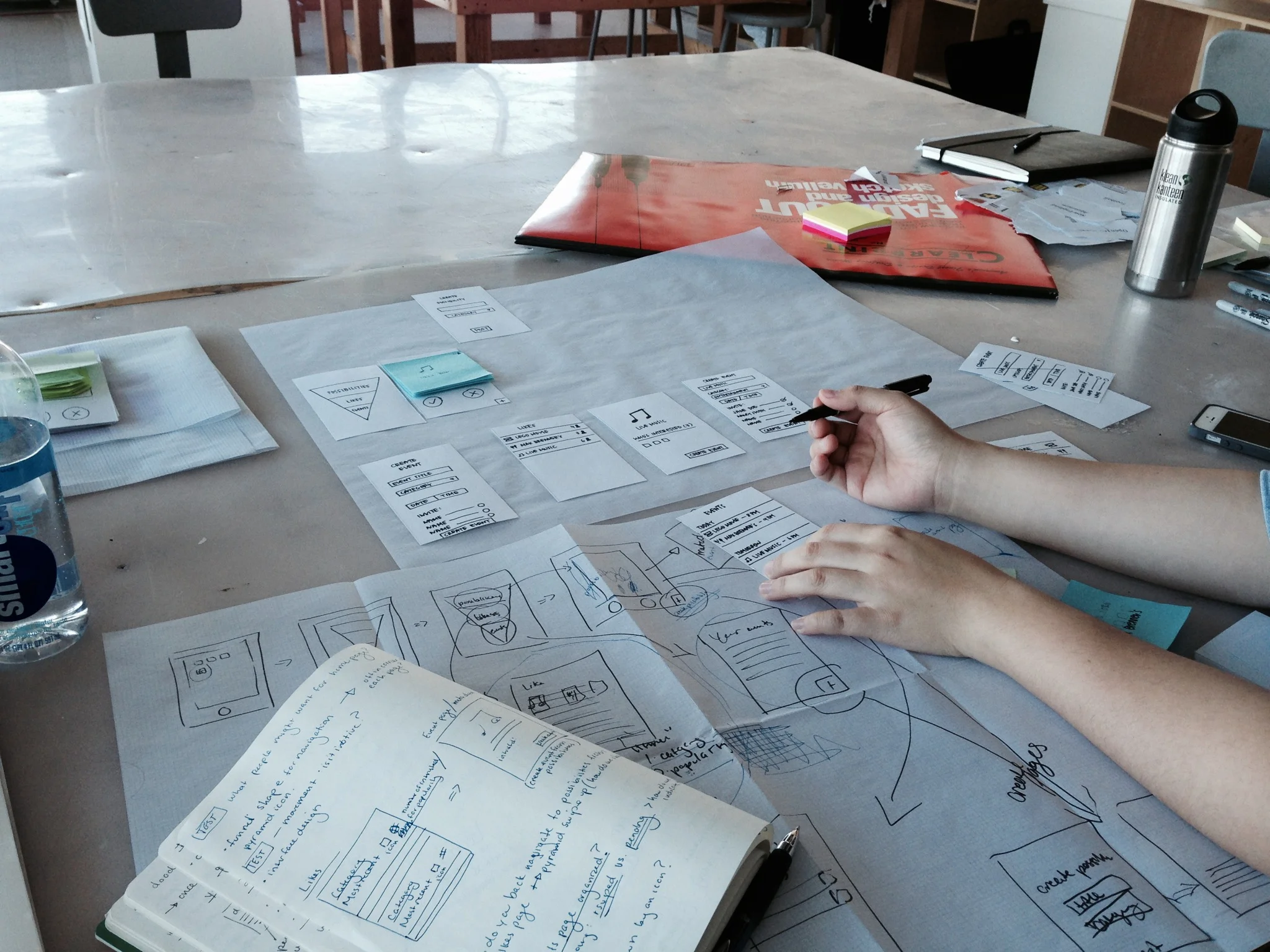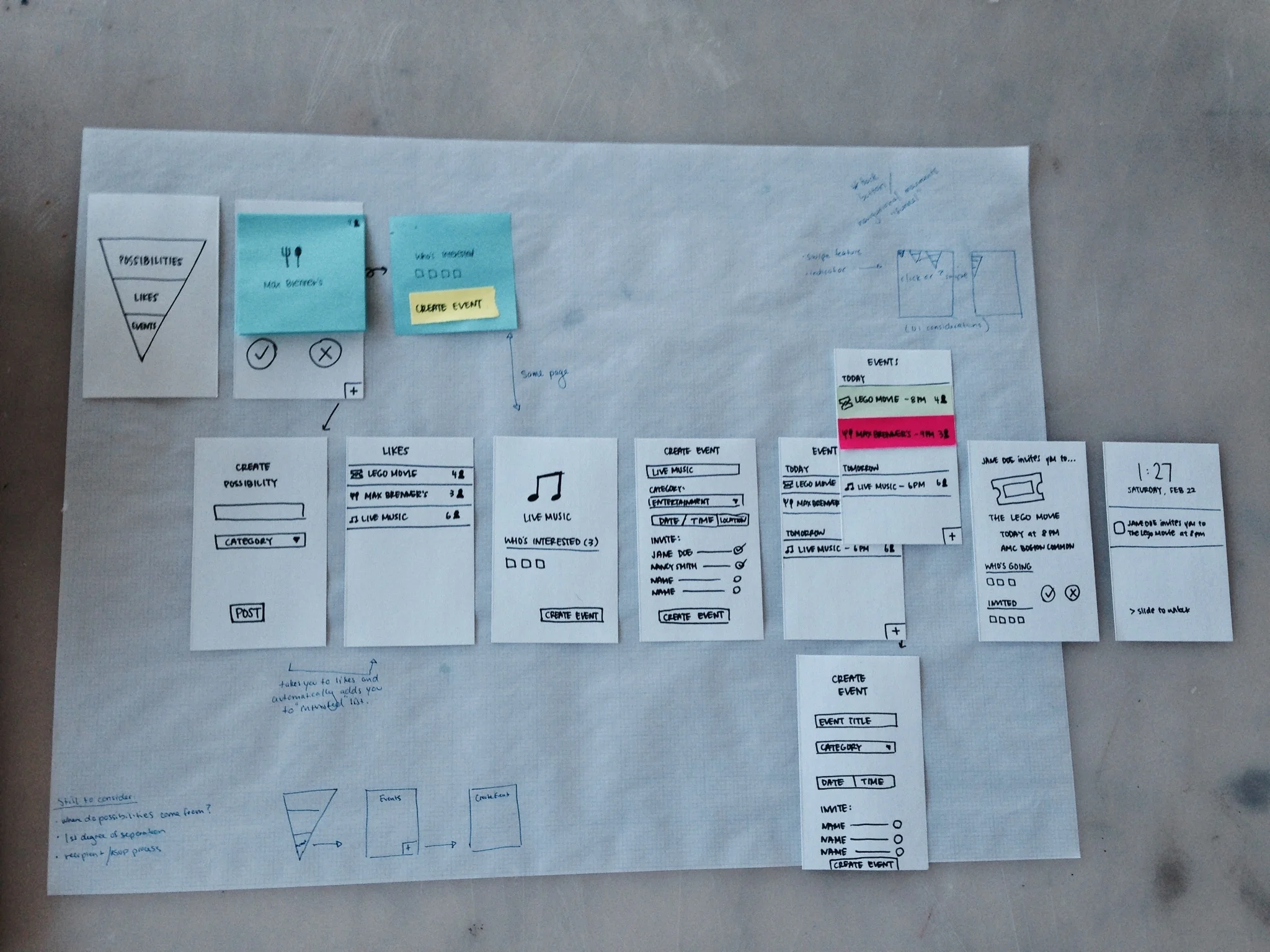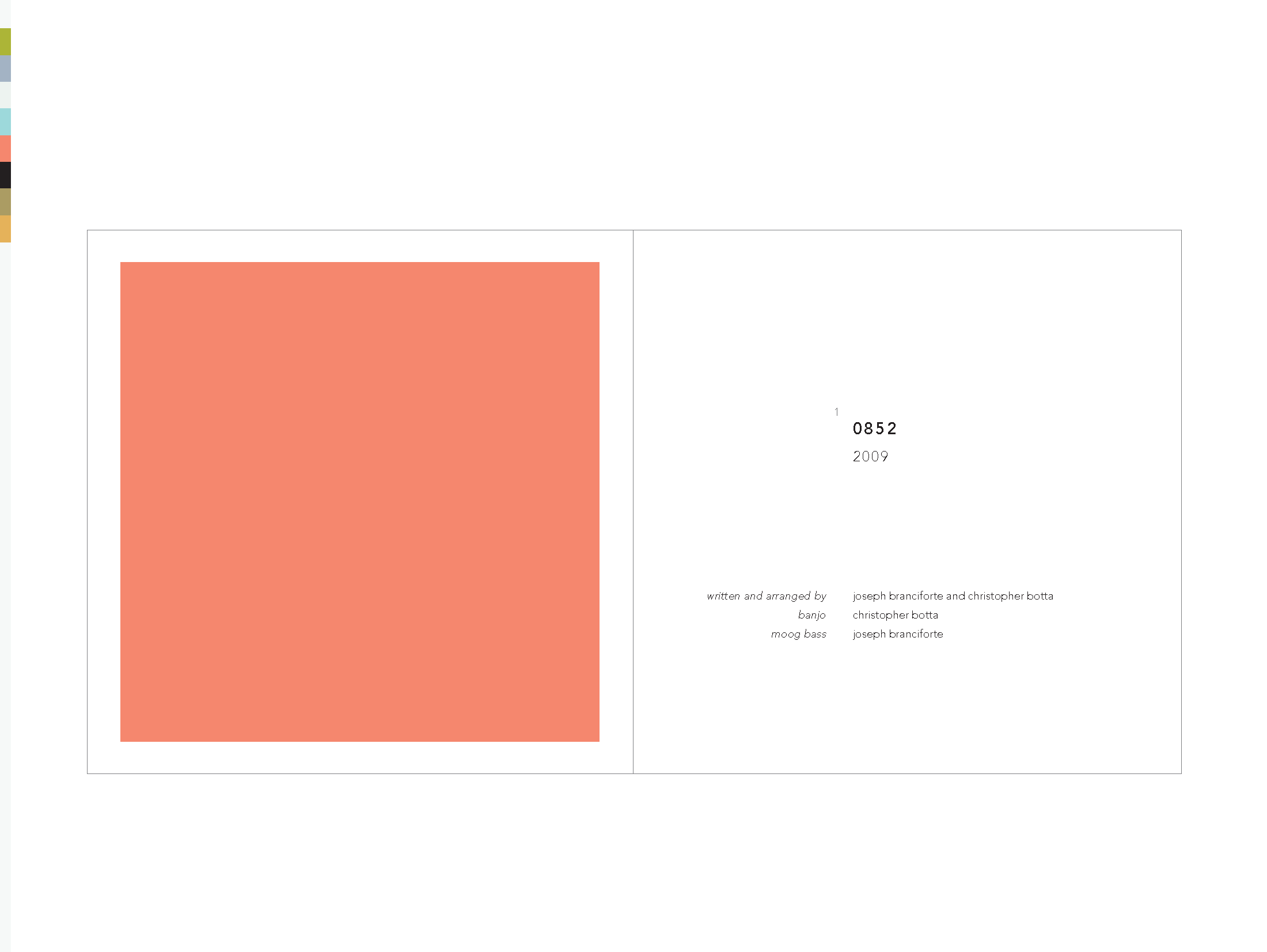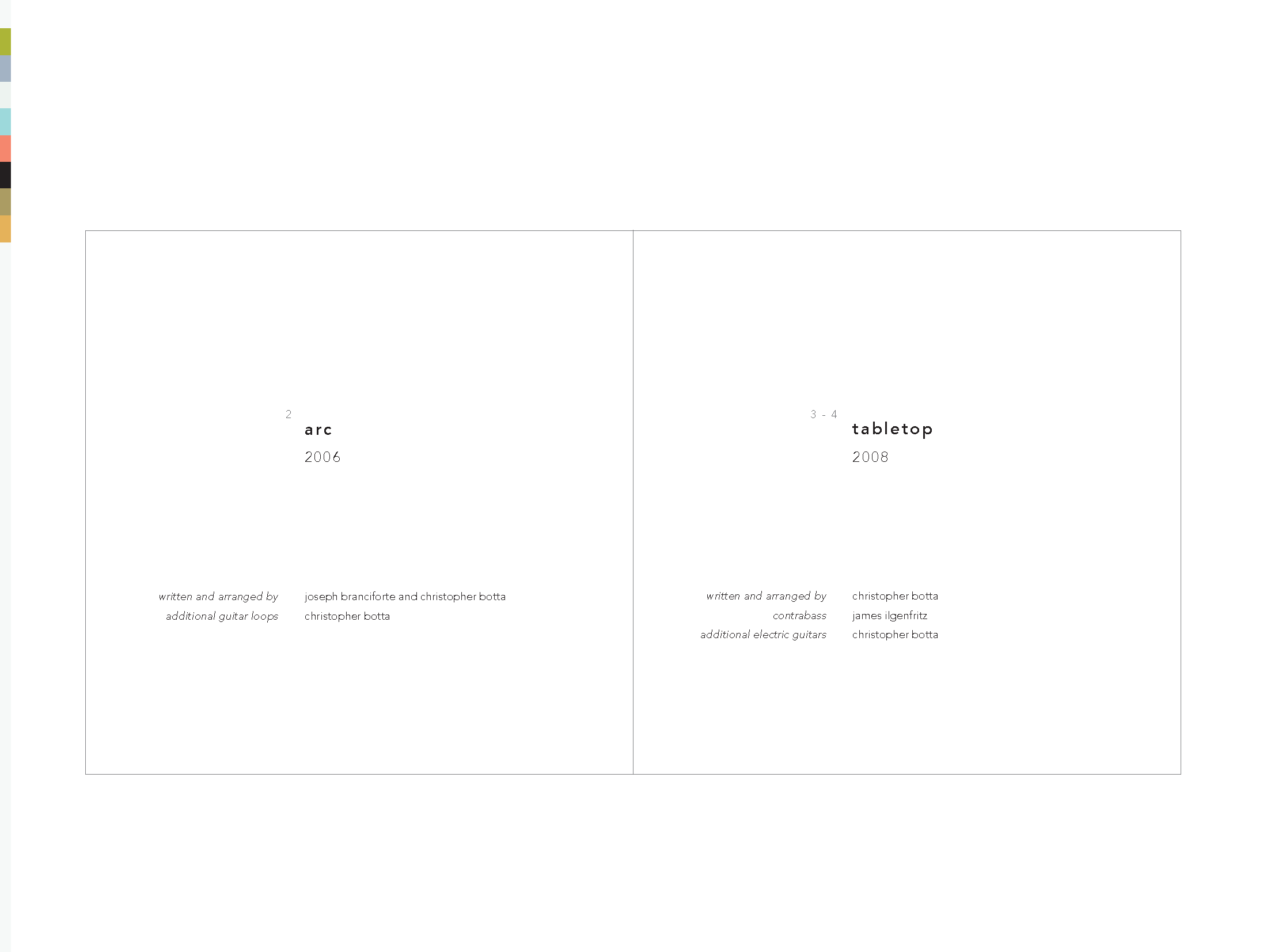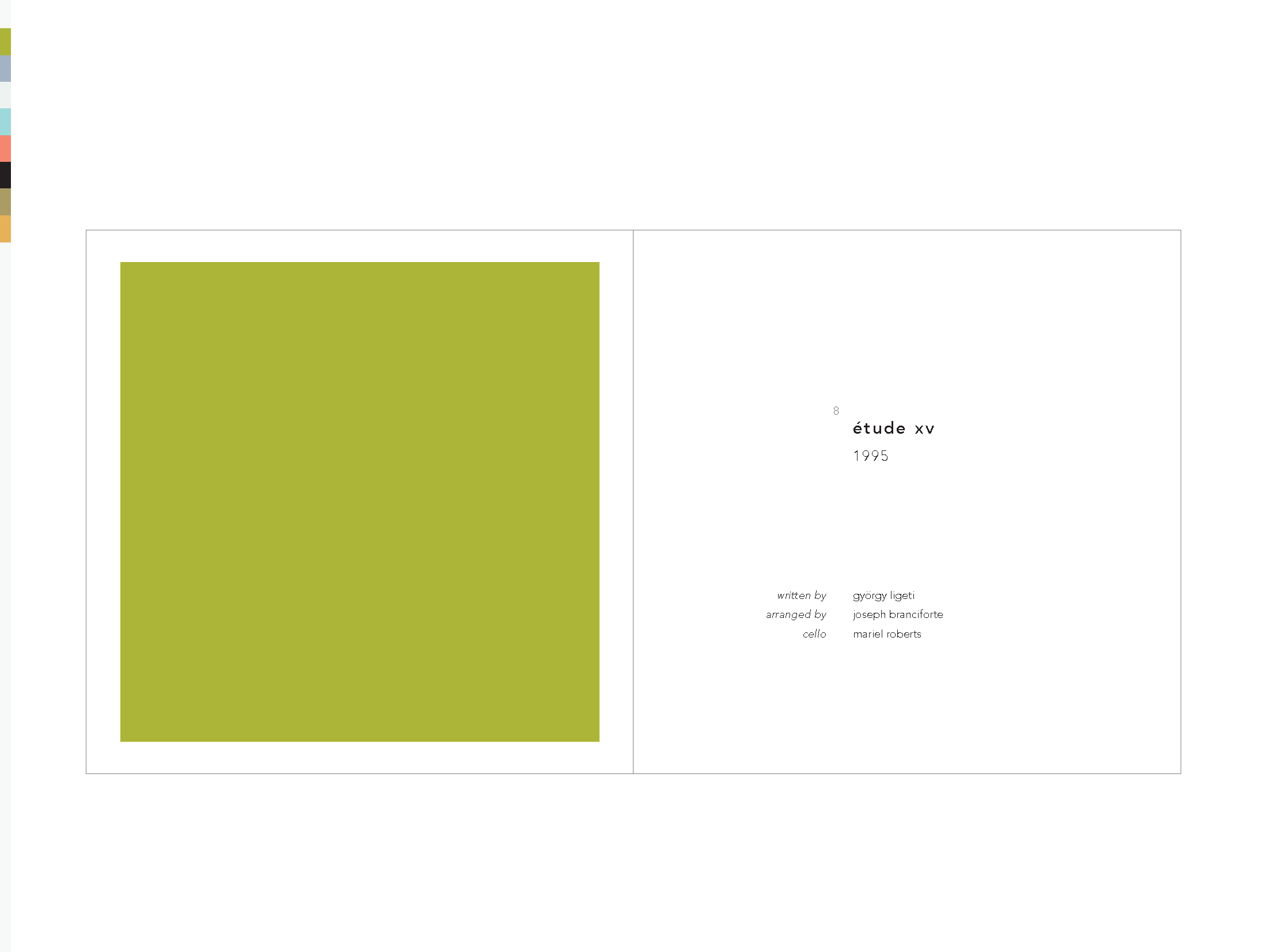visualizing core competencies in music education.
Master's Thesis, spring 2015
The final artifacts of my thesis investigation are:
1. Planning Road Map
A visual road map to facilitate the conversation between music teachers (subject matter experts) and administrators (non experts) who must evaluate and approve curriculum proposals based on the State and Common Core Standards. The road map visualizes: concepts, sheet music, lesson plans, Standard reference numbers.
2. Framework for a Web Application
Curriculum builder for music teachers which uses visualization to reveal the distribution of musical concepts (as defined by various curricula, experience, and State and Common Core Standards) within a piece of music. The planning road map is generated through the curriculum builder.
All arrangements and concept encoding by composer and educator Michael Treni.
Thesis Abstract:
Education reform is sweeping the country. Our technology-driven economy is placing an ever increasing emphasis on STEM education (science, technology, engineering, and mathematics). This shift in educational objectives has led to the development of new policies — the Common Core Initiative, intended to homogenize educational goals through the implementation of national standards and mandatory evaluations. In addition, students must take the nationally administered PARCC assessment (Partnership for Assessment of Readiness for College and Careers); the data collected ultimately determines how the government will distribute educational funding. An emerging precedence is given to the academic courses that “teach to this test.”
Confronted with the current educational reforms, teachers of the arts are fighting to preserve the inclusion of their disciplines in primary and secondary public education. Since student growth in the arts is demonstrated through performance, and not through PARCC test results, more weight rests on regularly administered evaluations, where teachers must articulate how concepts, as defined by Common Core and State Standards, are reached. The opportunities to communicate that relationship are linear and limited at best.
Harnessing the power of information visualization, this exploration helps music teachers capture and communicate the richness and multi-dimensionality of an arts curriculum. Visual artifacts of this nature can serve as a tool to support dialog and alignment, and bridge the gap of understanding between experts and non-experts. This exploration creates a framework for a music concept analysis tool and curriculum builder.
Tools used: Illustrator, InDesign, d3, Sketch, OmniGraffle
Design research methods, Data visualization, Experience design, Systems design





